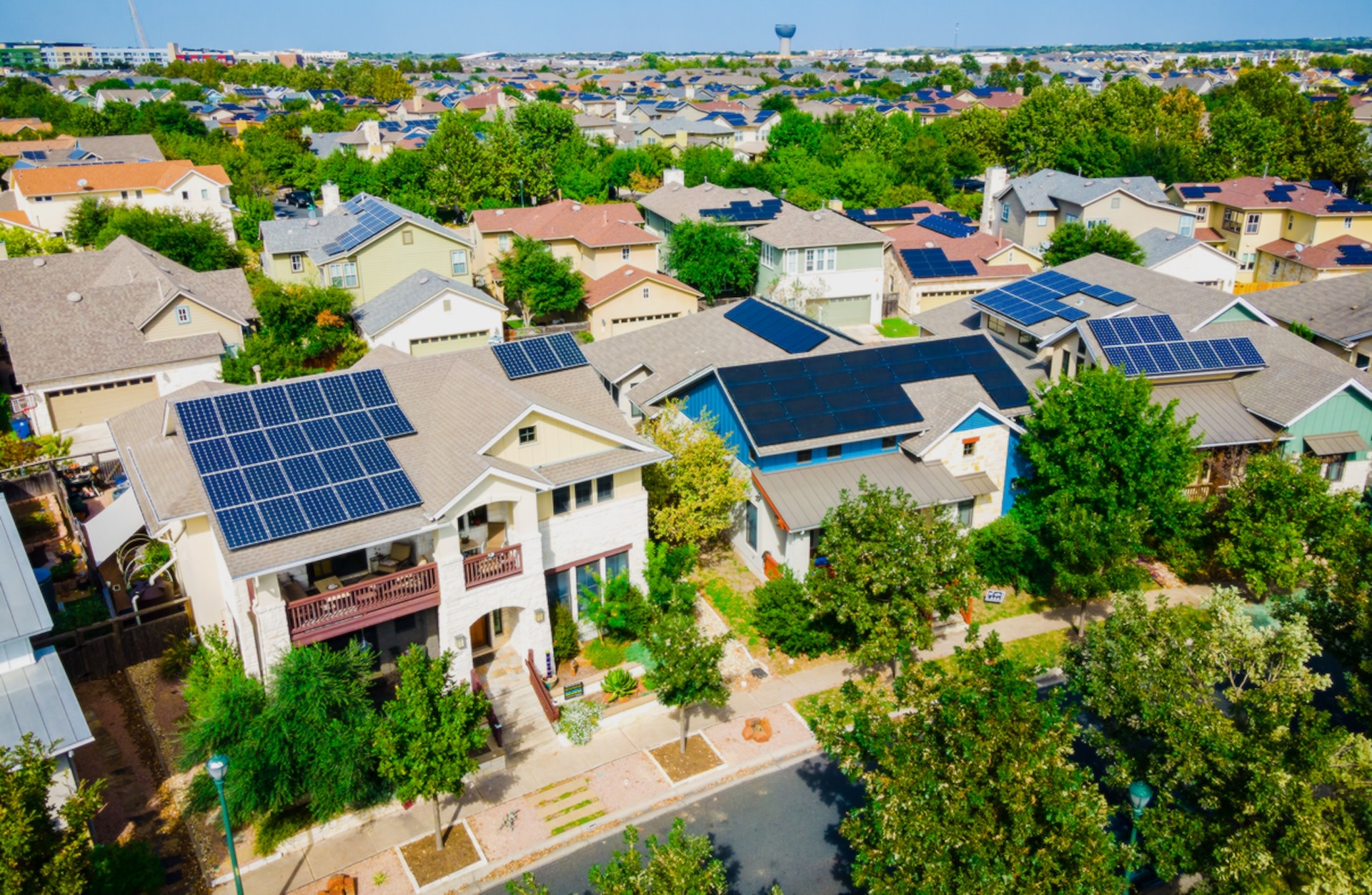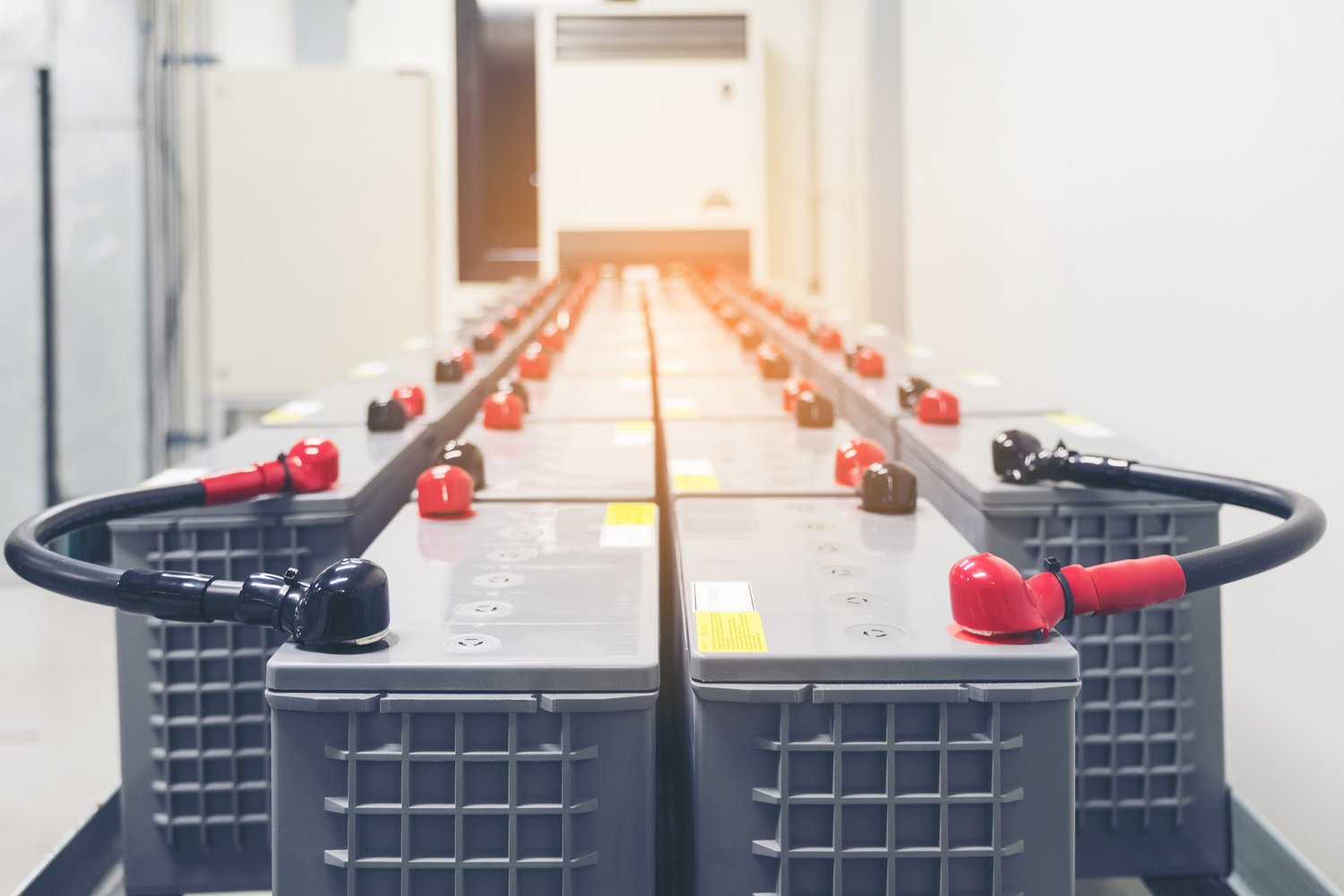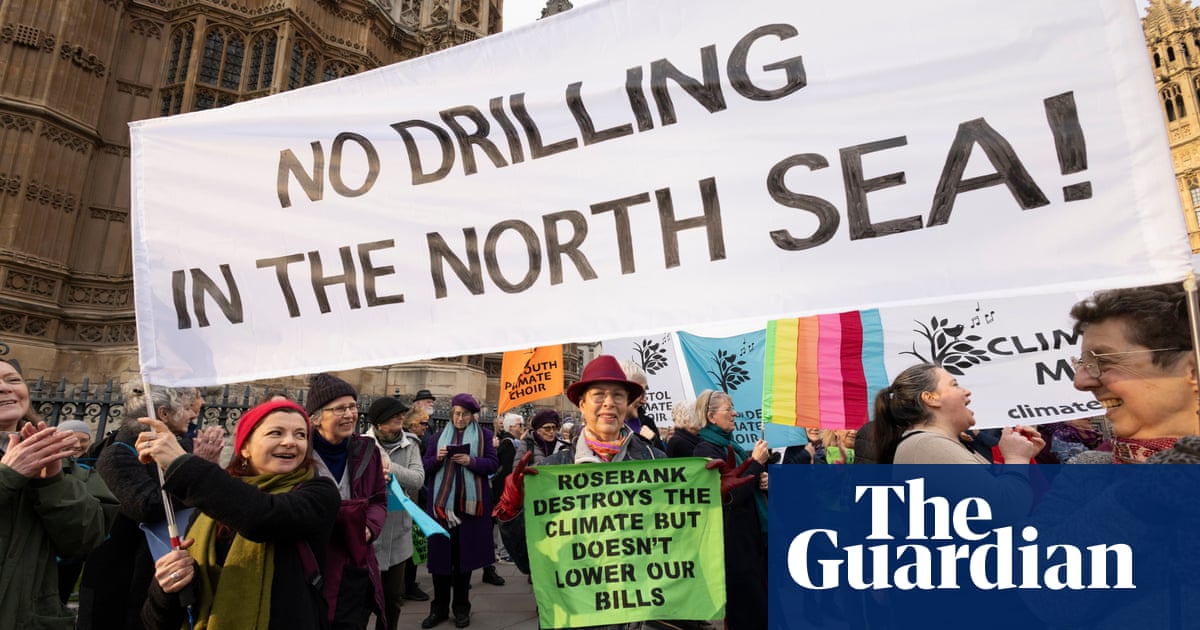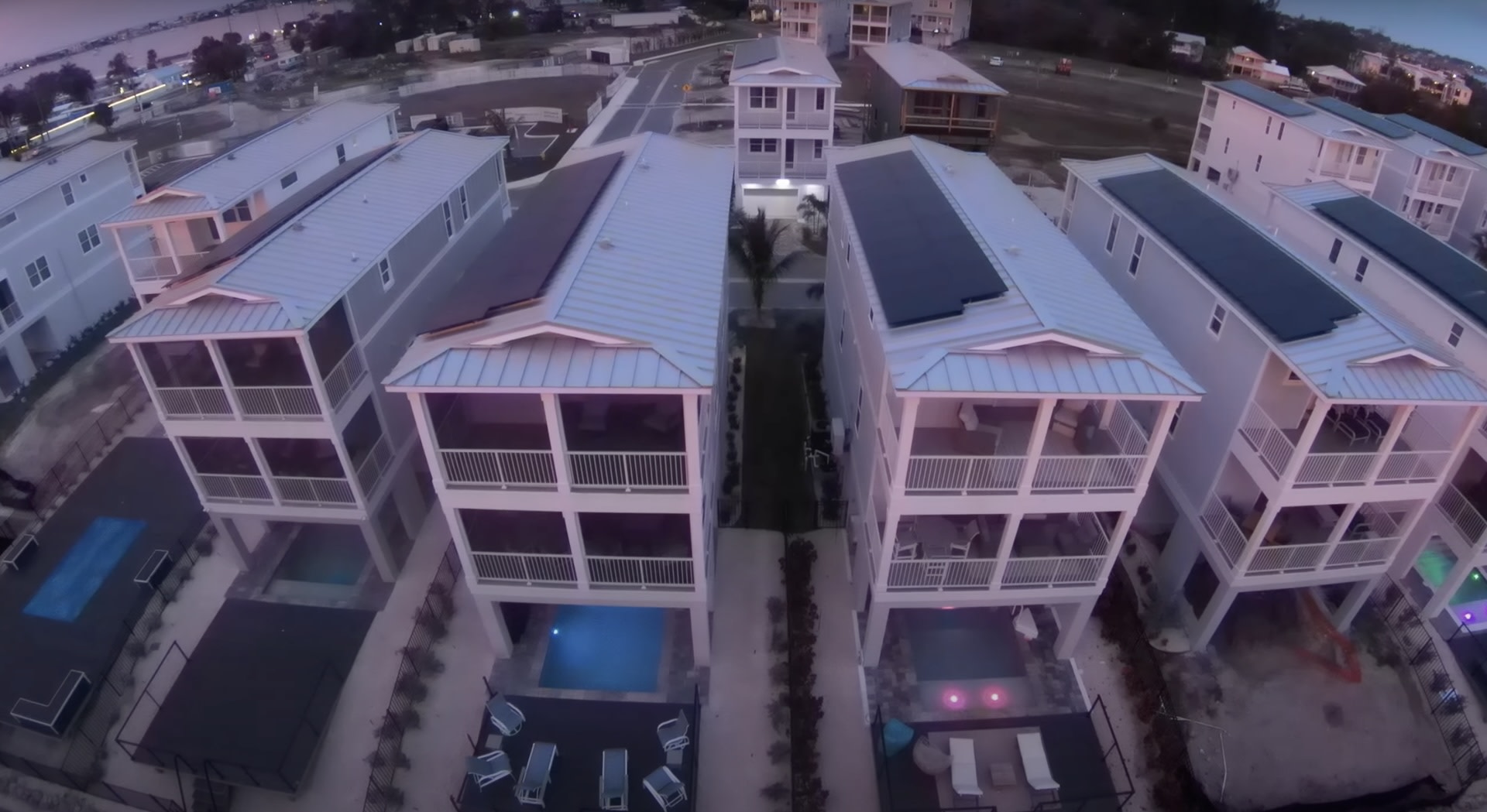
New report shows Texas' home solar power generation increased over 3,500% in last decade: 'That's a testament'
Texas managed to increase its solar capacity by 3,700% over the past decade thanks to residents’ adoption of rooftop solar panels.
 www.thecooldown.com
www.thecooldown.com







